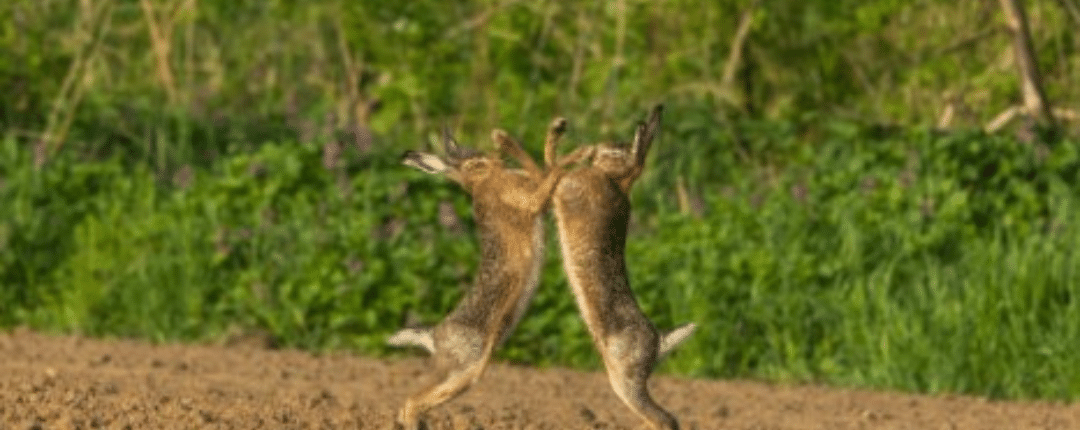Raising rabbits can be an enriching and fulfilling experience, whether for companionship, hobby farming, or even commercial breeding. However, one fundamental aspect of rabbit care and breeding that often perplexes novice and experienced rabbit enthusiasts alike is determining the sex of rabbits. How to sex rabbits is crucial for various reasons, including proper housing, breeding management, and preventing unwanted litters.
In this comprehensive guide, we will delve into the intricacies of rabbit anatomy, behavior, and other essential factors that play a role in identifying the sex of rabbits.
A Guide to Understanding Their Sexual Dimorphism
Rabbits exhibit sexual dimorphism, meaning there are physical differences between males and females. While these differences may not always be immediately apparent, a closer examination of rabbit anatomy can reveal vital clues to their sex.
One prominent feature to observe is the genital region. In male rabbits, known as bucks, the genital opening is situated closely to the anus and appears as a small, raised bump. This structure, called the penis or prepuce, is often covered by a flap of skin and may protrude when the rabbit is aroused or during mating behaviors.
Conversely, female rabbits, referred to as does, possess a genital opening that is located further from the anus and is shaped like a vertical slit. Additionally, upon gentle palpation of the abdominal region, you may detect the presence of a soft, malleable structure known as the mammary gland chain, indicative of a female rabbit.
Understanding these anatomical distinctions is the cornerstone of accurately determining the sex of rabbits and is essential for effective rabbit husbandry and breeding practices.
Decoding Rabbit Courtship and Dominance

In addition to anatomical differences, understanding rabbit behavior can provide valuable insights into their sex. Rabbits, like many animals, exhibit distinct courtship and dominance behaviors that can vary between males and females.
Male rabbits, or bucks, often display territorial and aggressive behaviors, especially during mating season. They may thump their hind legs, spray urine to mark their territory, and engage in mounting behaviors to assert dominance over other rabbits.
On the other hand, female rabbits, or does, may exhibit nesting behaviors, such as pulling fur to create a nest for their young, even if they are not pregnant. Additionally, female rabbits may demonstrate more submissive behaviors, especially when interacting with dominant males.
Observing these behavioral cues can provide valuable clues about the sex of rabbits and help you better understand their social dynamics within a group or breeding environment.
Considerations for Accuracy and Precision
While understanding rabbit anatomy and behavior are crucial aspects of sex determination, several factors can influence the accuracy and precision of this process. These factors range from the rabbit’s age and breed to their physiological characteristics.
For instance, juvenile rabbits may not exhibit fully developed sexual characteristics, making sex determination more challenging at a young age. In such cases, it may be necessary to wait until the rabbit reaches sexual maturity before accurately determining its sex.
Additionally, certain rabbit breeds may have variations in genital morphology or fur coloration that can obscure traditional markers of sex. Therefore, it is essential to familiarize yourself with the specific characteristics of the breed(s) you are working with to ensure accurate sex determination.
Furthermore, individual variations in rabbit anatomy and physiology can also contribute to the complexity of sex determination. Factors such as obesity, injury, or underlying health conditions may obscure typical sexual characteristics, requiring a more thorough and careful examination.
By considering these factors and approaching sex determination with diligence and attention to detail, you can enhance your ability to accurately identify the sex of rabbits and optimize their care and management.
Mastering the Art of Sexing Rabbits with Confidence
While the process of sexing rabbits may initially seem daunting, especially for beginners, mastering this skill is achievable with practice, patience, and the right approach. To help you navigate the intricacies of sex determination, consider the following practical tips and techniques:
- Hands-On Examination: Take the time to familiarize yourself with rabbit anatomy by gently palpating the genital region and observing any distinguishing features.
- Consult Expert Resources: Seek guidance from experienced rabbit breeders, veterinarians, or reputable educational materials to enhance your knowledge and skills in sex determination.
- Use Proper Restraint: Ensure the safety and comfort of the rabbit by employing gentle restraint techniques during examination, minimizing stress and discomfort.
- Practice Diligence: Approach sex determination with a meticulous and thorough mindset, paying attention to subtle cues and variations that may indicate the rabbit’s sex.
- Verify Findings: When in doubt, seek confirmation from multiple sources or individuals to validate your findings and ensure accuracy in sex determination.
By incorporating these tips into your approach and fostering a mindset of continuous learning and improvement, you can develop the confidence and proficiency needed to successfully sex rabbits with precision and accuracy.
Conclusion
Mastering the art of sexing rabbits is a valuable skill for any rabbit enthusiast or breeder. By understanding rabbit anatomy, behavior, and the factors influencing sex determination, you can navigate this aspect of rabbit care with confidence and competence, ensuring the well-being and success of your rabbit companions or breeding endeavors.






